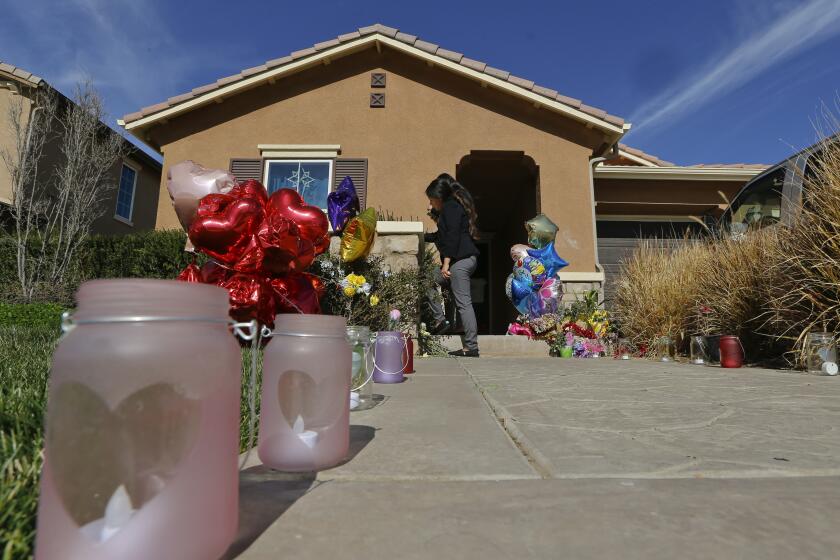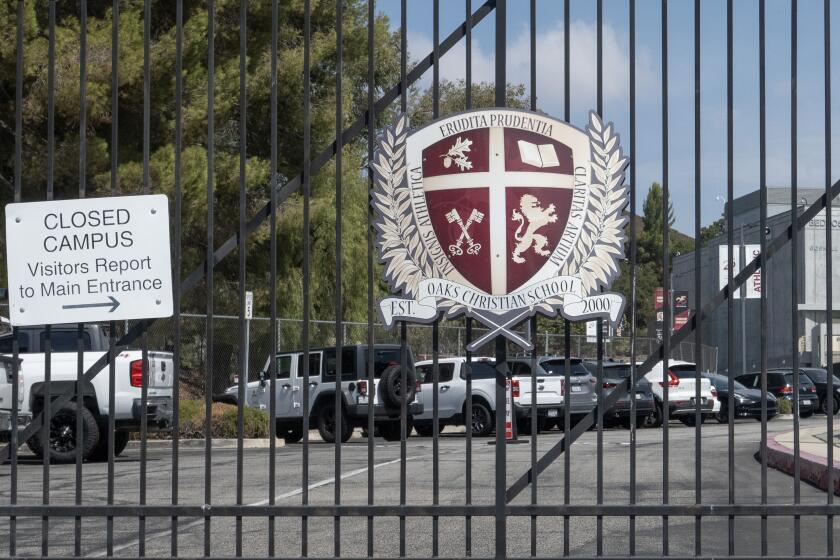Playing With Fire
Forty years ago today, at 8:15 a.m., Aug. 6 became the best of days and the worst of days.
The best of days because in less than a week the first use of a nuclear weapon brought an end to nearly four years of war in which tens of thousands of American died threading their way across the Pacific to a point where the worst was yet to come--an invasion of Japan.
The worst of days because that was when the human race learned to play with fire, the fire of the sun itself--a monumental achievement of science that came to haunt the victory and taunt the survivors of what author Studs Turkel calls “The Good War.” The worst of days because it is not in the nature of politics and science to let well enough alone, but to keep experimenting to make the fire hotter, as with thermonuclear warheads, and its application easier, as with missiles capable of spinning off as many as 40 of those warheads in a single mission. The worst of days because Josef Stalin simply nodded when Harry S. Truman said that he had a new and deadly weapon in the wings, never letting on that he had told Soviet scientists in 1943 to get cracking on a nuclear bomb of their own. The nuclear-arms race had started before the first bomb exploded.
It was not mere death that burned Hiroshima into the world’s memory. Months before the Enola Gay flung open the doors of the gates of hell, as many people died in Tokyo in conventional firebombings as were killed by that first atomic bomb. Scores of wars and uprisings and police-state repressions since then have brought death as final and as agonizing as any at Hiroshima. What made Hiroshima different was the dreadful suddenness of it, and the knowledge that it could happen again, anywhere.
Looking back, there was an innocence about the command to use the bomb; about President Dwight D. Eisenhower’s decision in the 1950s to expand the country’s reliance on nuclear fire to preserve peace without building a military force that he feared would bankrupt the country; about America’s belief that it had a monopoly on the weapon.
The innocence is long gone. The nuclear weapons are not, nor are the political animosities and the absence of the phrase live and let live in the Soviet Union’s ideological lexicon that are the driving forces in the the relentless pursuit of new nuclear technologies in the name of national security.
Hiroshima and the utter helplessness of victims who heard a mistaken all-clear siren one second and watched their world end the next is one legacy of World War II on which Americans agree. Not again, memory says. American memory also demands keeping the country’s guard high enough to prevent a surprise assault like the one at Pearl Harbor that led inevitably to Hiroshima.
Both lessons have dictated the investments of science and resources in this country for 40 years, matched by the Soviet Union, step by painful step. They have produced military stalemate but no softening of an accumulation of political grievances and suspicion of motives that led to the investments in the first place.
This autumn, President Reagan and Mikhail S. Gorbachev will meet to discuss those grievances and suspicions. To be useful, the meeting must go beyond arms control to the political antagonisms that made the arms necessary in the first place. It may not be possible to find common ground. But the fact that the two leaders will make the effort is a third legacy of Hiroshima.
More to Read
Sign up for Essential California
The most important California stories and recommendations in your inbox every morning.
You may occasionally receive promotional content from the Los Angeles Times.










